Sunday, December 20, 2009
Calves in the Holding Pens
The calves are separated from the Mothers for treatment.They get branded, deballed if male, dehorned, and injected.
They are not happy away from their mothers.
Some are very young, others re as old as 8 months.
They wait patiently huddled together in the holding yard.

Labels:
Brahman,
Calves,
cattle,
Maggi Carstairs,
muster roundup
Aussie Style Barbecue
The barbecue was a sheet of iron over bricks, here housed under tin.
In this case, the sheet was propped up with wood, which also burnt.
Twigs and wood are arranged in the fireplace and lit using grass.
The day was hot, and everything around was bone dry so the fire caught easily, and soon was roaring merrilly away. Sliced onions were cooked first.
It fascinates me how the Aussie barbecue always starts with the onions, which take less time than the meat to cook, and always end up totally burnt. They should be cooked, then removed to a dish until needed. They are always left on the sides and get burnt.
When I barbecue, I cook the meat first, then add the onions around the meat, absorbing the meat flavors.
I also wrap the potatoes in foil and place them in the coals to cook.
Here, everything was drenched generously with oil, the food caught alight, and everything went black.
It did start as beautiful local Rump steaks, with white onions and Red skinned potatoes.
Outback Barbecue
It was very hot and dusty.
The Chef was very efficient in preparing the fire and setting everything up.
It started looking great....but when he poured oil over the onions and potatoes, the result was fiery.
Flames went everywhere.
This, the final presentation was eaten by the hungry workers.
I promised them that if ever I was invited to photograph a muster again, I would cook their lunch.
The Chef was very efficient in preparing the fire and setting everything up.
It started looking great....but when he poured oil over the onions and potatoes, the result was fiery.
Flames went everywhere.
This, the final presentation was eaten by the hungry workers.
I promised them that if ever I was invited to photograph a muster again, I would cook their lunch.
The Barbecue Expert
Cattle in the Holding Yard
The Cattle wander 3,500 acres and at Muster Time, three times a year, are rounded up by the team and kept in Holding yards, until processed.
The Brahman (named for the sacred cow of Hinduism) or Brahma is a breed of Zebu cattle (Bos primigenius indicus), later exported from India to the rest of the world. The main breed was the Kankrej, called Guzerat in Brazil. Also used were the Nelore or Ongole and the Gir or Gyr.
Brahman are ideally suited to Australian conditions.
Brahman Cattle
The American Brahman has a distinct large hump over the top of the shoulder and neck, and a loose flap of skin (dewlap) hanging from the neck. Their ears are larger than Bos taurus breeds. Bulls weigh 1,600 to 2,200 pounds (800 to 1,100 kg) and cows weigh 1,000 to 1,400 pounds (500 to 700 kg). At birth, calves weigh 60 to 65 pounds (30 to 33 kg). American Brahmans are known as a docile, intelligent breed of beef cattle. Brahman cattle can be gray or red color. Their tail switch is black, and they have black pigmentation on their noses, tips of ears, and hooves. They are primarily a horned breed of cattle however there are some bloodlines of Brahman that are naturally polled (without horns).
Brahmans have a greater ability to withstand heat than European cattle. They have more sweat glands, and also an oily skin, thought to help repel pest insects along with a smooth coat. They have a short hair coat. They are also more resistant to parasites and disease. Brahmans have also been extensively crossbred with European cattle in subtropical United States, in Central America and in some tropical areas of the world to gain their advantages in hot climates. Brahman crossed cattle, referred to as F-1 Brahmans, are very popular in the southern 1/3 of the United States and in South America, Asia, and Australia because of the sub-tropical climate. An F-1 Brahman can be a cross between any two unrelated breeds, however it is most popular when crossed with Hereford and Angus.
A Brahman cow is an extremely good mother, offering protection and an abundance of milk for her calves. Brahman calves tend to measure high weights at weaning because of the outstanding milk given by Brahman cows. In some countries, especially South America, Brahman cattle are used for both milk and beef production.
Labels:
Brahman,
cattle,
Maggi Carstairs,
muster roundup
Subscribe to:
Posts (Atom)




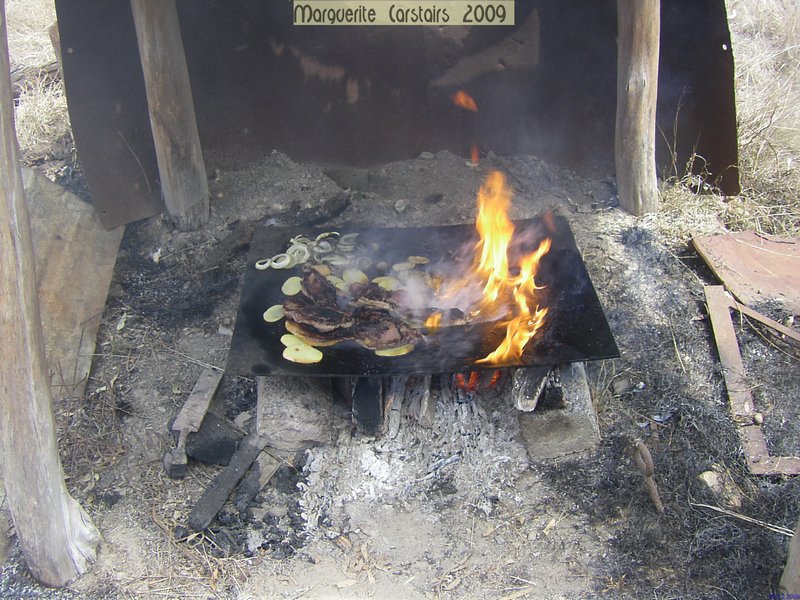



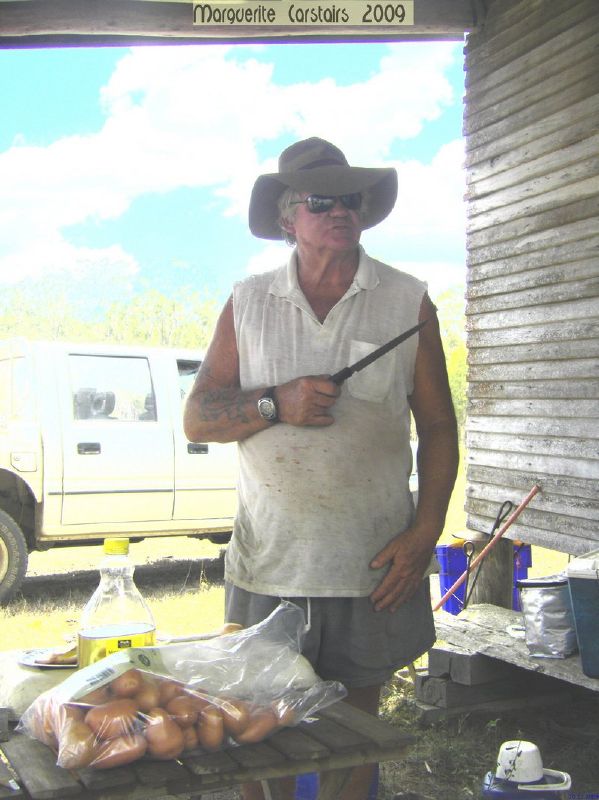
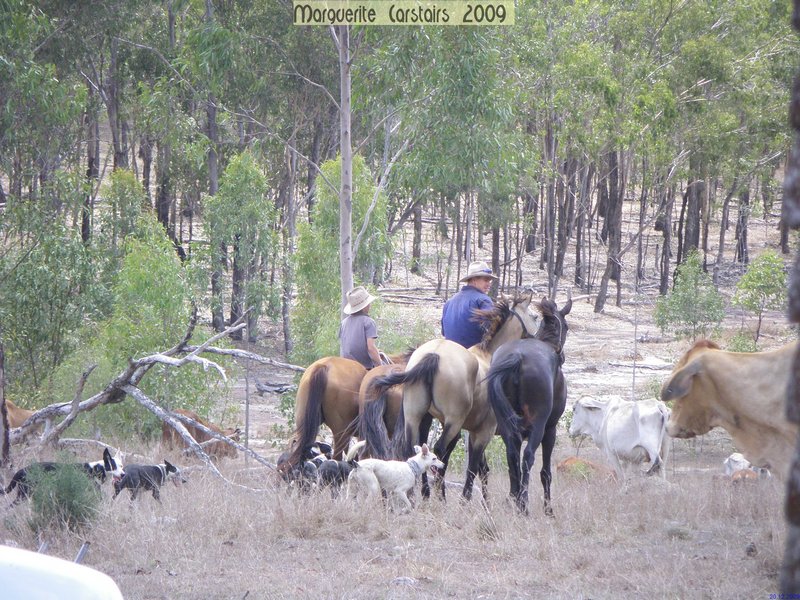
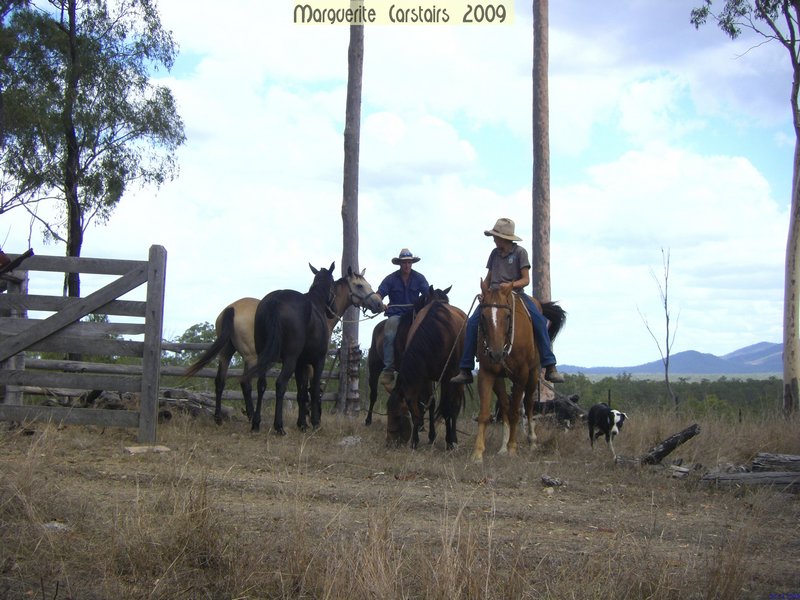
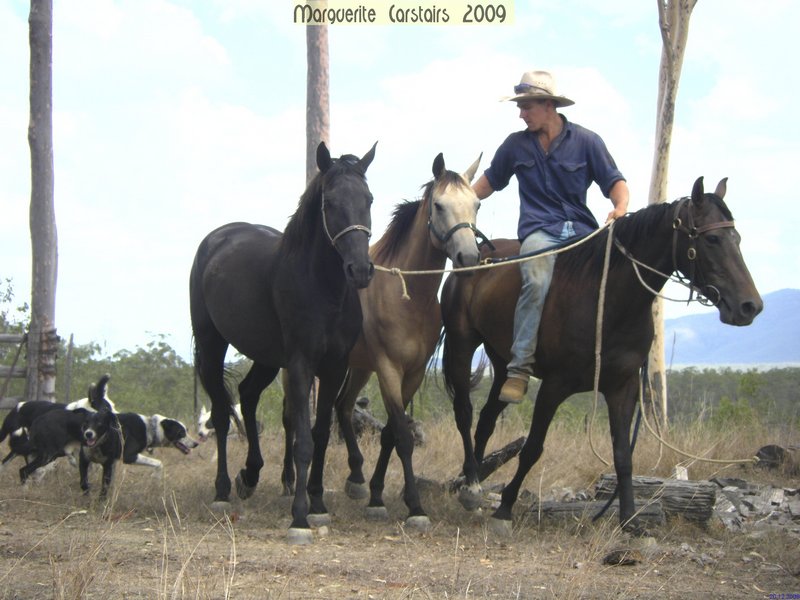

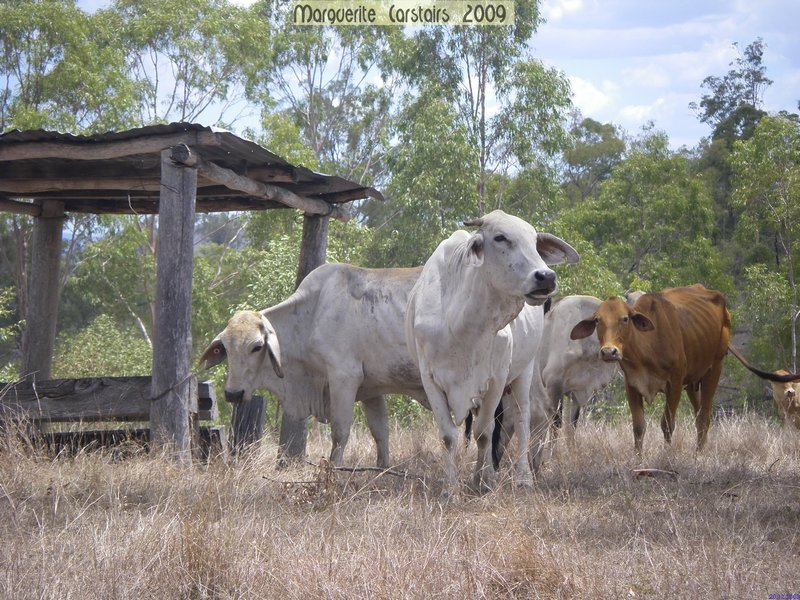
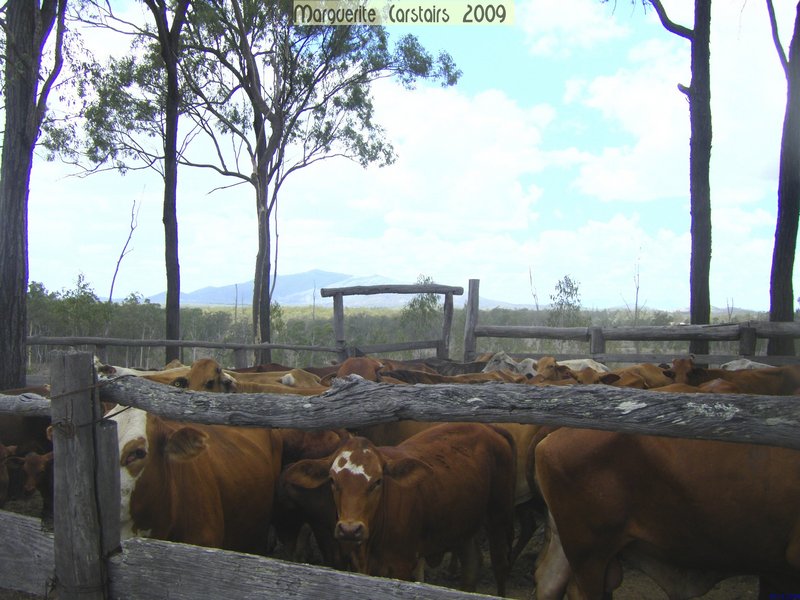

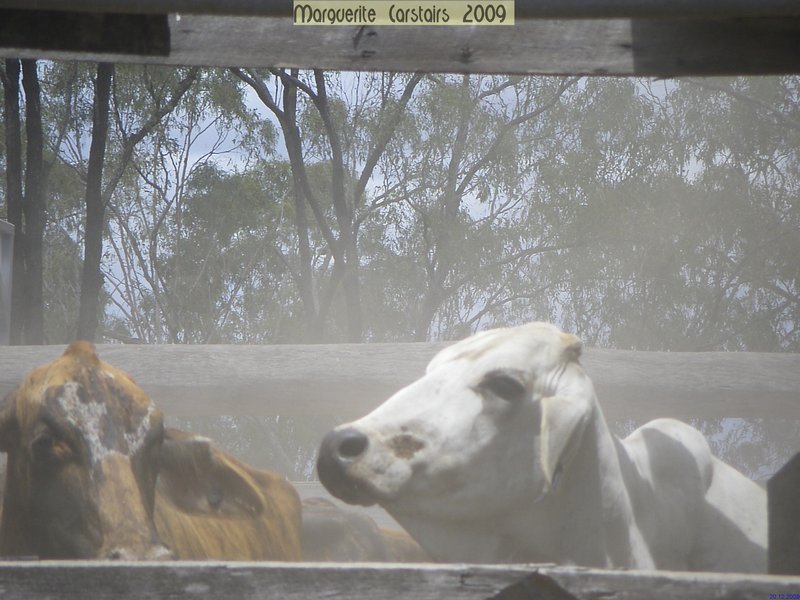
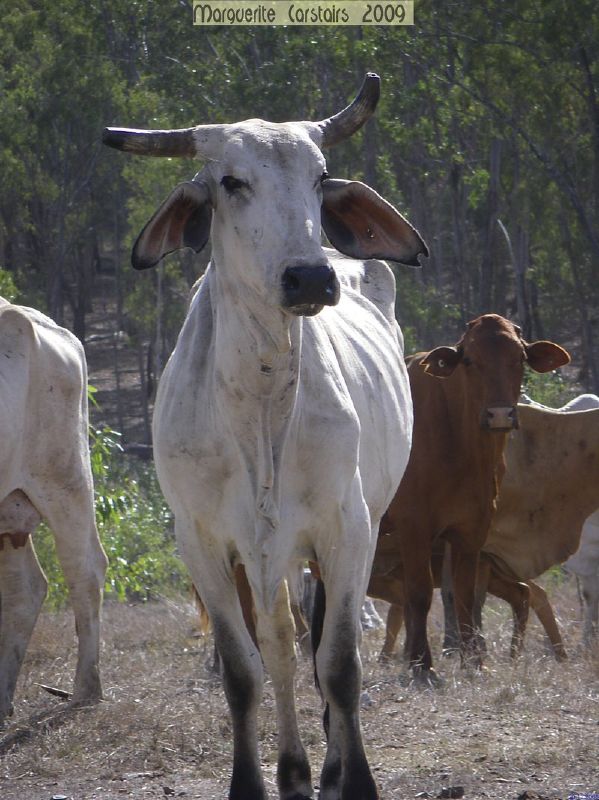



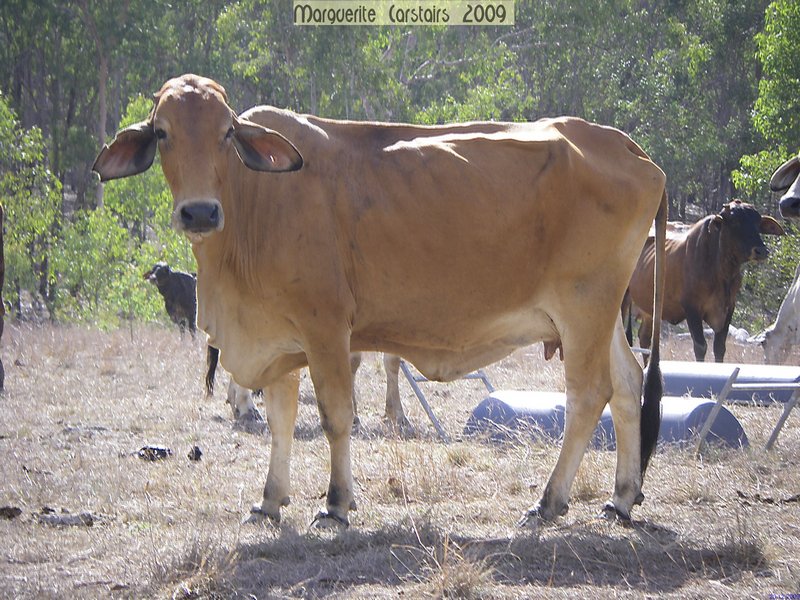
140x45.jpg)


